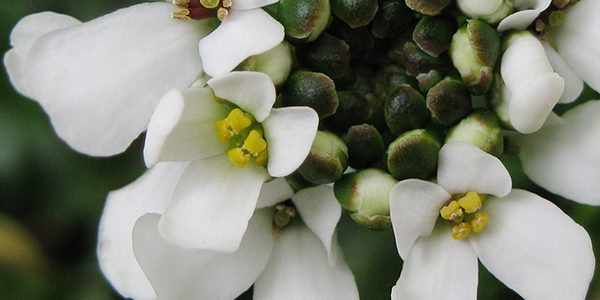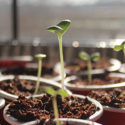Known for their rich greens, shade gardens are inviting in the heat of summer, providing a cool respite from the sun. Shade plants usually have more chlorophyll than plants adapted to the sun. They’re sensitive to light — too much will burn them or turn leaves yellow. The first step to building a successful shade garden is determining the type of shade you have. Note that you may be able to increase light levels in some areas by pruning foliage to allow more light through, or by painting walls or fences a lighter colour to reflect more light into shaded areas. There are four broad categories of shade that are used as landscaping industry standards:
There are four broad categories of shade that are used as landscaping industry standards:
Dappled Shade:
The brightest category. This is the type of light caused by moving shadows from trees.
Open Shade:
Found on the north side of buildings, fences, and objects where direct sunlight is blocked, but some indirect light is bounced into the shadowed area.
Medium Shade:
Found on northern exposures, like open shade. However, light is further prevented from reaching the area by trees, foliage, and branches.
Dense Shade:
Found in north-facing areas shielded by high walls or a dense canopy of trees.



